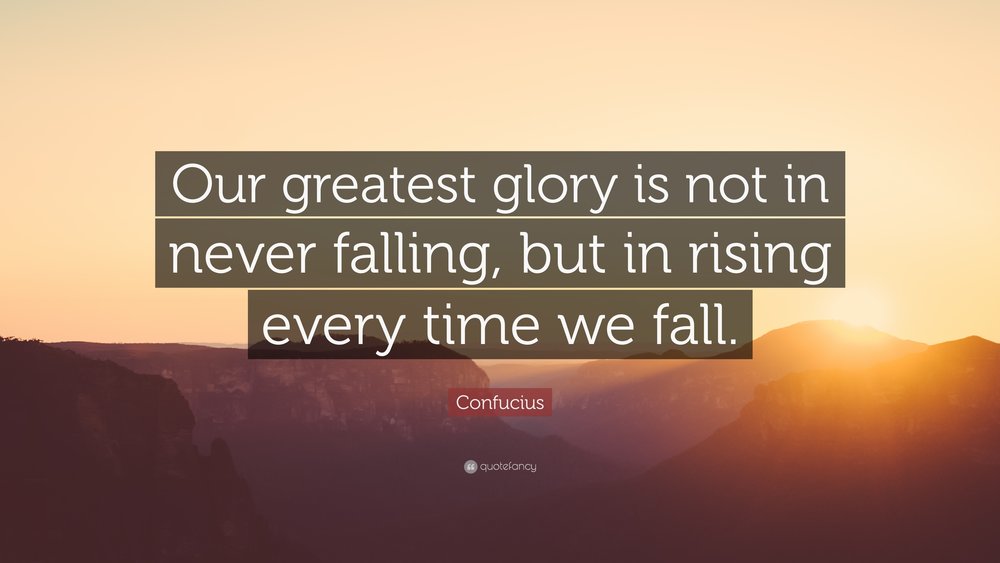Sean came to live with me in late December 2020. His mother passed away about 9 years ago when she was 45 years old due to complications from juvenile diabetes. Prior to that, Sean lived with his step-father in Chatham.
Sean is 35 years old and has Cerebral Palsy and is on the spectrum for autism. Sean functions cognitively around the age of 8-10 years old.
I went to pick up Sean to come live with me on Dec 24, 2020 following the death of his step-dad from pneumonia. Sean’s only sibling passed away suddenly a few years ago at the age of 32, which left Sean with no immediate family except a grandma and grandpa who are elderly and unable to have Sean live with them. Sean is not able to live alone due to his cognitive abilities. Sean’s biological father is “not in the picture”.
Sean has taught and continues to teach and remind me of so many priceless and valuable life lessons. For example, Sean is simple and simply lives in the present moment. He doesn’t worry or have anxieties: he simply lives in the present moment. When his mother, brother, and step-dad passed away, Sean would say that “they are in heaven now watching over us”.
If you ask Sean today, he would say that he is living his best life through God’s grace. He loves camp and loves to help out. I am convinced an angel, the Holy Spirit, all of the above was looking out for Sean as he immediately landed a volunteer position at an overnight camp where he works in the kitchen. He gets to stay overnight in a cabin he shares with other staff members. The staff are so good to him, they include Sean in after work activities and treat him as an equal. Sean came from the Chatham area where his step-dad worked and Sean had some experience working as custodial in a factory on modified duties and later in a marine shop. Sean graduated from a special college program that provides life skills and specialized classes to students with special needs. When Sean lived in the country near Chatham, he would watch TV or listen to music and had little contact socializing with others due to the country setting.
“ I am convinced an angel, the Holy Spirit, all of the above was looking out for Sean ”
The camp director tells me that we need more people like Sean: he is on time for work every day, always completes all chores/tasks and he takes pride in the work he does in the kitchen and shows others how to use the industrial size dishwasher. Sean never complains and he never asks for anything.
I am truly grateful for the gift of Sean’s presence through the grace of God. I am reminded to slow down, not to judge others, not to complain, and to see life as true gift from God.
Sean is a gift from God and during Advent and Christmas, I continue to reflect on Sean’s purpose in life and how and why he entered mine.
-Julie Angiolillo






